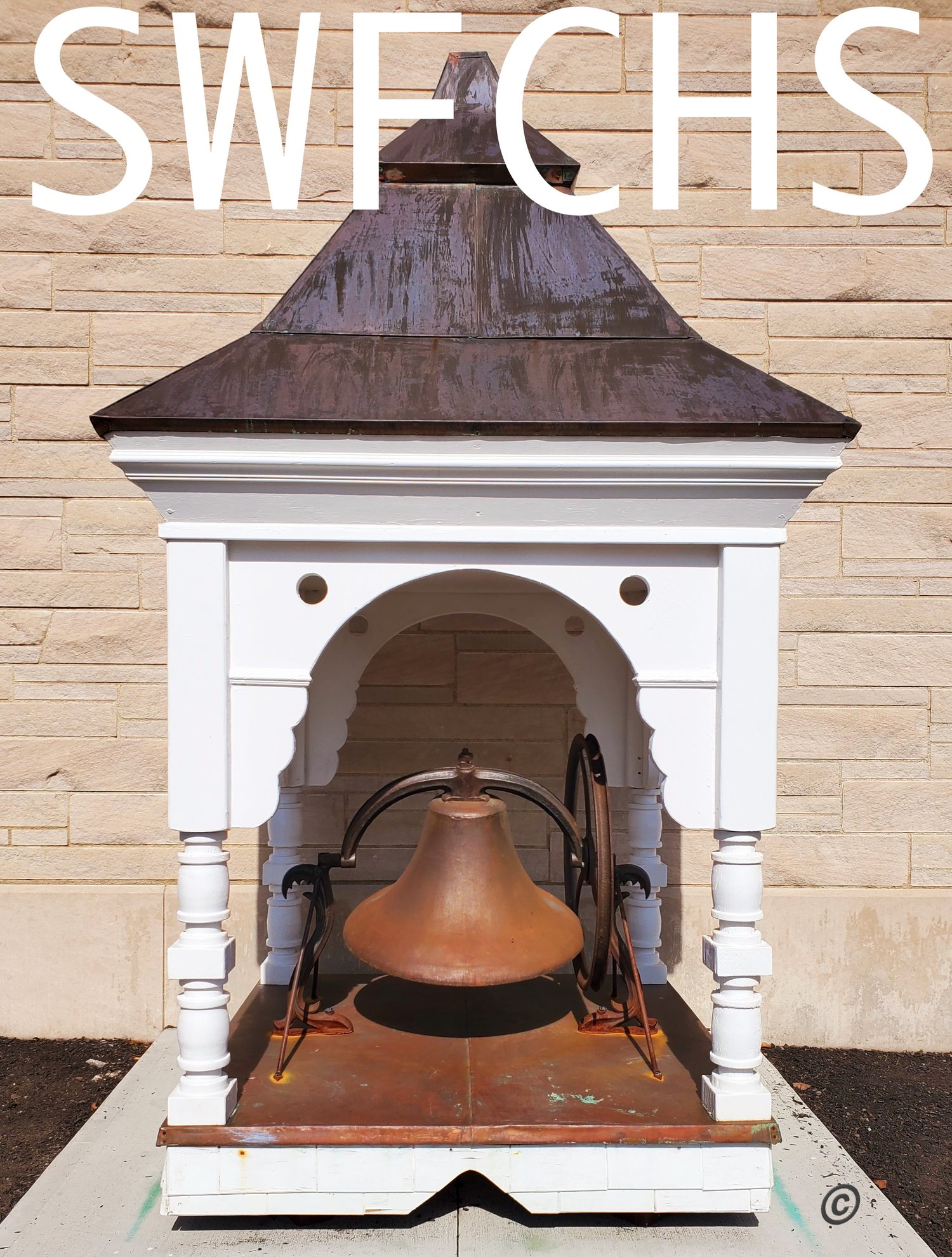Facebook Comments
We would like to respond to our recent Facebook post and the comments on Harrisburg (Mudsock), Darbydale (Little Pennsylvania), and Orient (Morgan’s Station). We appreciate all comments and are willing to make changes or corrections as needed when documentation is provided. We encourage comments by email to grovecityohhistory@gmail.com when at all possible so we can exchange information. Unfortunately, actual documented history is limited and what is available is largely word-of-mouth
DARBYDALE. There were two grist mills near that early Pleasant Township settlement. One was Dyer’s Mill near Georgesville and the other was Chenoweth’s Mill in the Darbydale-Harrisburg area. A one room log school was organized by the Pennsylvania School District of Pleasant Township as early as 1836, according to a Columbus Dispatch article dated July 28, 1939. The settlement was referred to as Little Pennsylvania because most of the early settlers were of German ancestry popularly known as Pennsylvania Dutch. The area became known as Darbydale in the 1950s. We have no official documentation calling the settlement Little Pennsylvania, just word-of-mouth.
HARRISBURG was first known as Darby Cross Roads although some residents used the name Mudsock. A 1985 story in the Dispatch pointed out a Mudsock was actually on a Rand McNally road map at one time located at the intersection of Roberts and Alton-Darby Creek Roads. Elijah and Rachel Chenoweth left Pike County and became among the first to settle there. Harrisburgh was first laid out in 1836 and incorporated in 1851. The “H” was dropped in 1893. It was a lively place with several saloons and two hotels. The Swysgood House and White Hall later known as the United States Hotel catered to those traveling by stagecoach.
ORIENT, once identified as Morgan’s Station, was so named by the Columbus, Cincinnati and Midland railroad company. It should not be confused with Miller’s Station which was on the southside of Lambert Road at Rt. 62. Miller’s Station was the southernmost boarding station for the Grove City Interurban that provided electric rail transportation between Columbus, Grove City and Orient. Orient was once a thriving community and, in the early 1900s, it even had its own hotel.
